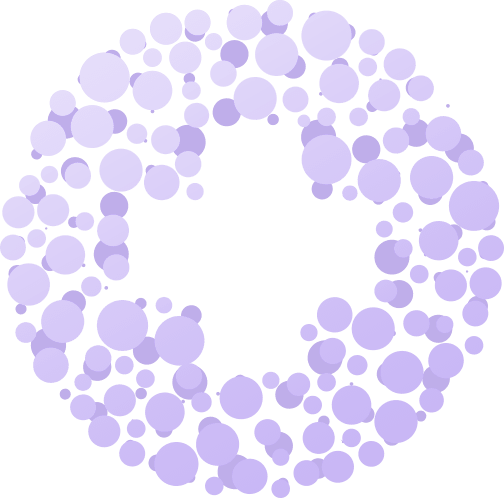In use since the 1960s, “hip replacement surgery is one of the most successful operations in all of medicine.” Yet the surgery is not without risks. When long-term care facilities welcome a patient for hip replacement therapy, practitioners need to be on the lookout for signs of pending rehospitalization. SAIVA’s technology can help.
Hip replacements are common. More than 450,000 total hip replacements are performed annually today, according to the Agency for Healthcare Research and Quality. Still, the risk of complications is high. Recovery from any surgery poses risks. Compound that with the patient’s immobility after a hip replacement, which leads to risk of blood clots, bedsores, and urinary tract infections. The inactivity can also mean loss in muscle mass making a fresh fall another risk as the patient begins recovery.
Post-surgical complications could include infection, pulmonary embolism, pressure ulcer, or pneumonia. The care facility needs to keep a close eye on patients admitted after hip replacement surgery. Yet, care teams are often overwhelmed and short-staffed. Determining patient priorities can be challenging.
Patient-focused Care for Hip Replacement Recovery
Take Sarah for example. After a right hip replacement, the 78-year-old was admitted to a skilled nursing facility using SAIVA’s predictive AI solution. In addition to the hip replacement, Sarah also has the following comorbidities: chronic respiratory failure, chronic obstructive pulmonary disease, diabetes, and morbid obesity.
Sarah appeared on SAIVA’s daily risk report allowing the facility’s clinical team to focus on the reasons the AI system was suggesting Sarah was at greater risk of rehospitalization. The Saiva system picked up on and reported to the clinical team findings such as:
- Three days ago a day shift worker noted the need to suction a “small amount of yellowish secretions”
- On evening shift, three days ago, another team member noted the patient’s oxygen saturation (O2 sat) was slightly lower than normal for the resident at 94%
- Two days ago, the night shift reported a further drop in the oxygen saturation. After PRN oxygen was applied and the resident was rechecked, O2 sat was at 93% and the respiratory rate was 20.
- The next day shift, “a moderate amount of yellowish secretions” were noted during routine suctioning
With the AI tool helping to comb the entire EHR and identify the trends, the team on the day shift the following day knew to do a lung assessment and contact the doctor who ordered CXR and CBC tests without first having to review copious notes and assessments to formulate their own impression. The results of the CXR showed an infiltrate in the left lower lobe of the lung, and the doctor was able to order an antibiotic before Sarah’s condition worsened.
Identifying At-Risk Patients Early
Skilled nursing facilities can measurably improve patient care and empower clinicians with artificial intelligence (AI) technology software accurately:
- Predicting which patients are at greatest short-term risk of rehospitalization (within the next three days)
- Providing insights into why these particular patients are at risk
- Specifying critical risk factors to consider prior to taking action
Powerful machine learning can process the thousands of data points accumulated about each patient in a care facility. It’s too much for one human to analyze, but the technology can identify early signs and symptoms of risk to direct proactive action. It benefitted Sarah, and the technology has helped patients nationwide.
Read 6 Facts about the Artificial Intelligence Advantage in Long-term Care. Or find out firsthand the value for your organization. Contact us today about a demo.

